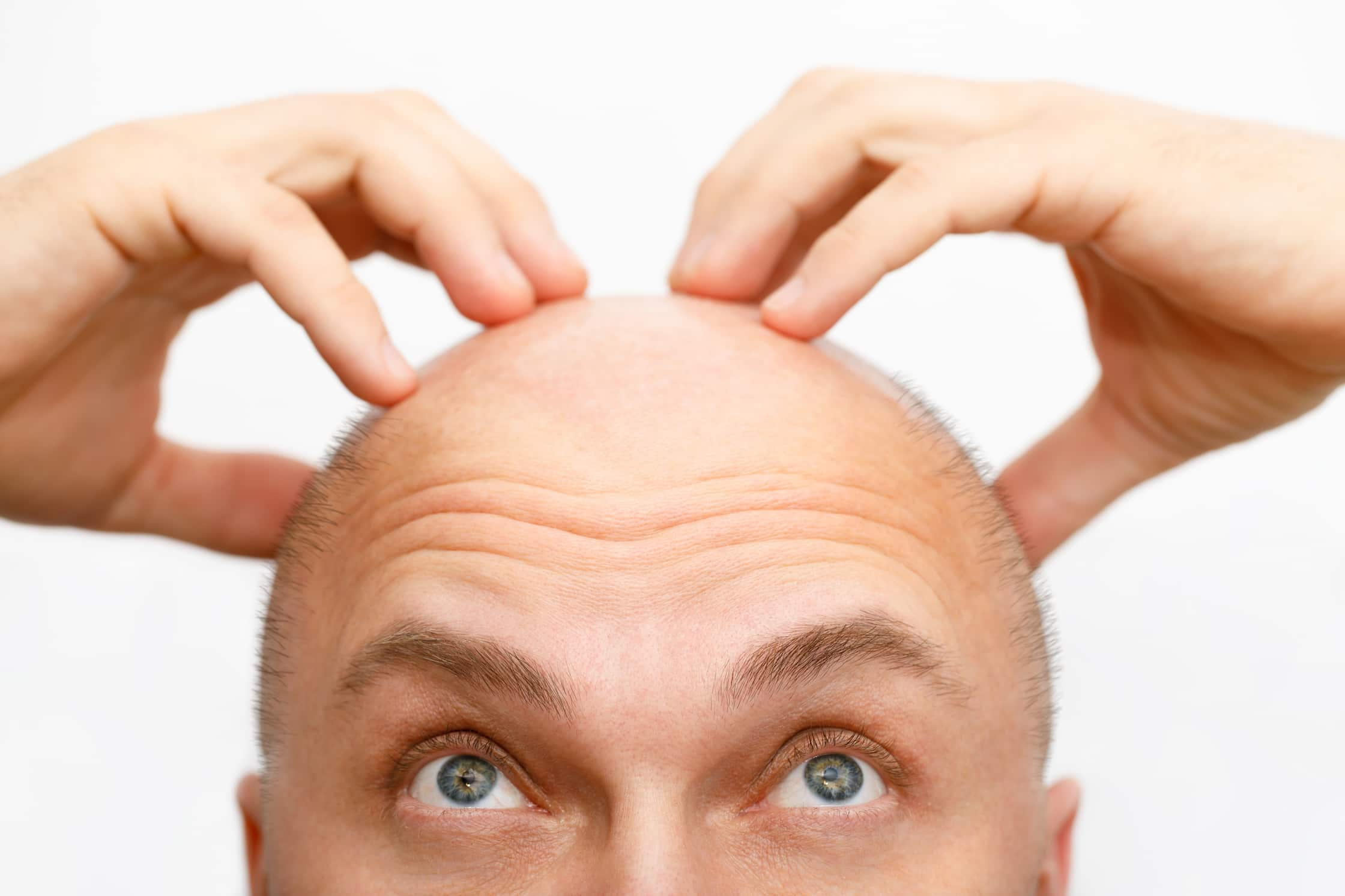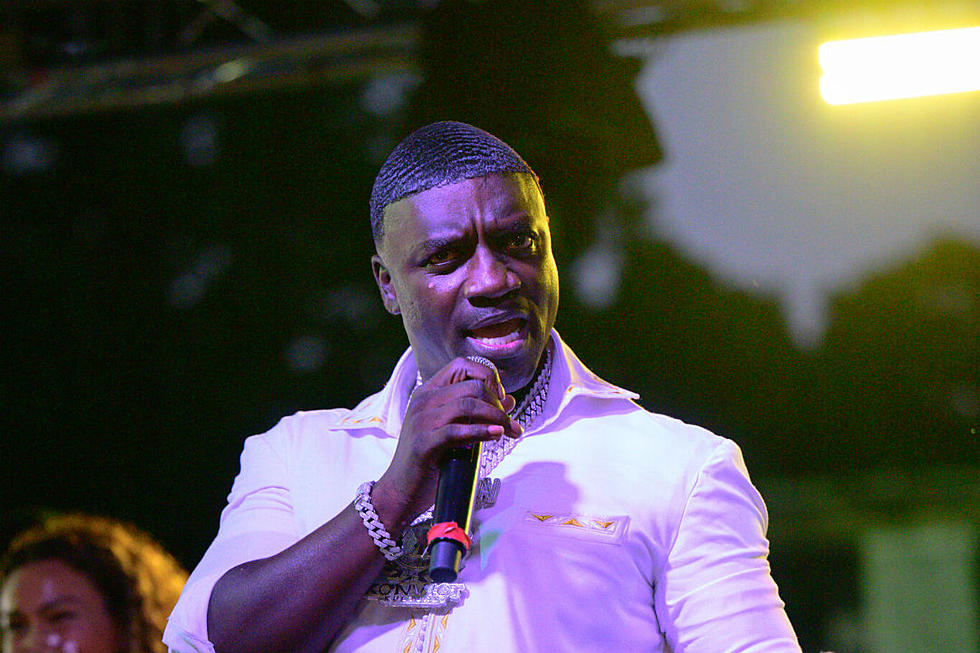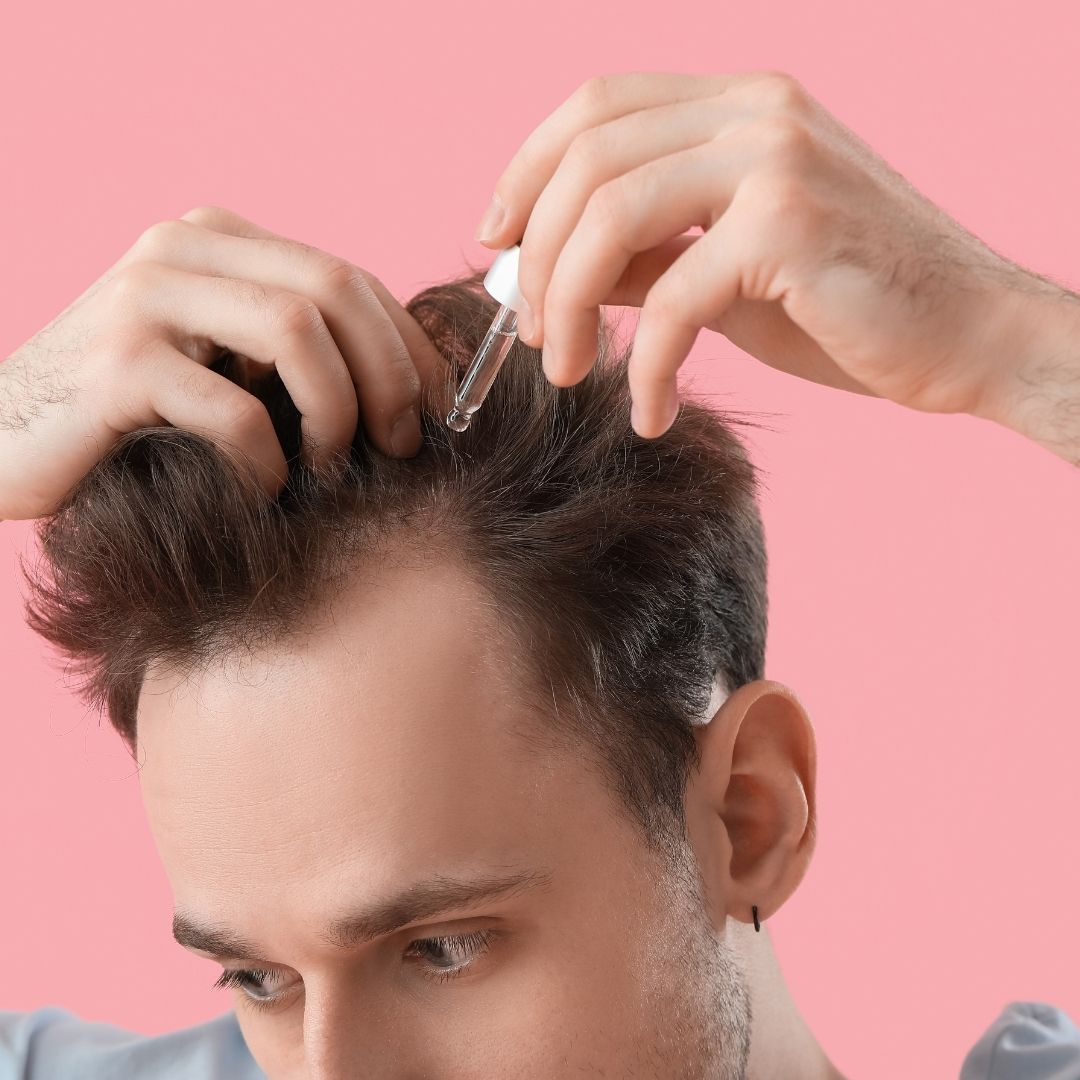
Hair Transplant Pain
A hair transplant is a surgical procedure that involves moving hair follicles from one part of the body, called the donor area, to another part, usually the balding or thinning area of the scalp. It is a popular cosmetic procedure that can help restore hair growth and improve one’s appearance.
Many people who are considering a hair transplant wonder if a hair transplant painful. The answer to the questions “does hair transplantation hurt or how painful is hair transplantation” is not straightforward, as the level of pain and discomfort can vary depending on several factors, including the individual’s pain tolerance, the type of hair transplant technique used, and the skill of the surgeon performing the procedure.
In general, hair transplant surgery is done under local anesthesia, which numbs the scalp and surrounding area. This means that the patient will not feel any pain during the procedure itself. However, patients may feel some discomfort during the administration of the anesthesia, as it involves injections into the scalp.
After the procedure, it is common for patients to experience some discomfort, such as soreness, swelling, and itching. Pain medication may be prescribed to help manage any discomfort, but most patients find that the discomfort is manageable and subsides within a few days. Some patients may also experience numbness or tingling in the scalp, which can last for several weeks or months but is usually temporary.
Pain in Hair Transplant Types
Hair transplant surgery is a popular cosmetic procedure that involves transplanting hair follicles from one area of the scalp, called the donor area, to another area, typically the balding or thinning area. While hair transplant surgery is generally considered safe and effective, it is not without risks or potential complications.
One of the most common concerns among people is a hair transplant painful or how painful is a hair transplant. In this article, we’ll explore the different types of hair transplant surgeries and their potential pain levels.
Follicular Unit Transplantation (FUT) Pain
Follicular Unit Transplantation (FUT) is a hair transplant technique that involves removing a strip of skin from the back of the scalp and dissecting it into individual hair follicles. The donor area is then closed with sutures or staples. For those who ask whether does hair transplant hurt, FUT hair transplant is known to cause more discomfort and pain than other hair transplant techniques, as it involves a more invasive surgical procedure.
After the procedure, patients may experience some pain and discomfort at the donor site, which can last for a few days to a week. The pain is usually managed with pain medications and typically subsides within a few days.
Follicular Unit Extraction (FUE) Pain
Follicular Unit Extraction (FUE) is another hair transplant technique that involves removing individual hair follicles from the donor area using a small, circular instrument. The procedure leaves tiny, dot-like scars in the donor area, which are typically not visible to the naked eye.
FUE hair transplant is generally considered less invasive than FUT and is associated with less pain and discomfort. Patients typically experience some soreness and tenderness at the donor and recipient sites, but the pain is usually manageable with over-the-counter pain medications.
Robotic Hair Transplantation Pain
Robotic hair transplantation is a relatively new hair transplant technique that uses robotics and artificial intelligence to automate the hair transplant process. The system uses a robotic arm to extract and implant individual hair follicles, reducing the risk of human error and ensuring greater accuracy and precision.
The good news for those wondering is a hair transplant painful, robotic hair transplantation is associated with minimal pain and discomfort, as the robotic arm can extract and implant the hair follicles with greater accuracy and efficiency than human hands. However, the procedure can still cause some discomfort and soreness at the donor and recipient sites.
Platelet-Rich Plasma (PRP) Therapy Pain
Platelet-rich plasma (PRP) therapy is a non-surgical hair restoration treatment that involves injecting platelet-rich plasma into the scalp to promote hair growth. PRP therapy is generally considered safe and minimally invasive, with minimal pain and discomfort.
The injections may cause some discomfort, such as a slight burning or stinging sensation, but this is typically mild and short-lived. Patients may experience some redness and swelling at the injection site, but this usually subsides within a few hours to a few days.
The level of pain and discomfort associated with hair transplant surgery can vary depending on the type of procedure and the individual’s pain tolerance. If you are considering hair transplant surgery, it is important to discuss your concerns and options with a qualified and experienced surgeon to determine which type of procedure is best for you.
How Long Does Hair Transplant Pain Last?
How painful is a hair transplant and how long does the pain last? The duration of hair transplant pain can vary depending on the individual and the type of procedure used. In general, patients can expect to experience some pain and discomfort for a few days to a week after the procedure. During this time, patients may need to take pain medication to manage their discomfort. However, most patients find that the pain is manageable and subsides within a few days.
While pain and discomfort are common after hair transplant surgery, severe pain or prolonged discomfort may be a sign of complications. Patients should follow their surgeon’s post-operative instructions carefully to ensure proper healing and minimize the risk of complications. If you experience severe pain or prolonged discomfort after hair transplant surgery, it is important to contact your surgeon right away.
In summary, the answer to the question “is a hair transplant painful” is generally yes. Hair transplant pain is a common side effect of the procedure, but it is usually temporary and manageable with medication and rest. The duration of pain can vary depending on the type of procedure used and individual factors. If you experience severe pain or prolonged discomfort after hair transplant surgery, it is important to contact your surgeon.
After Hair Transplant Pain
After a hair transplant surgery, patients may experience some pain and discomfort at both the donor and recipient sites. The amount of pain experienced can vary depending on the individual’s pain tolerance, the type of hair transplant technique used, and the extent of the procedure. Pain is a common side effect of hair transplant surgery, but it is usually temporary and can be managed with medication.
The Study of Hair Transplant Pain
A recent study conducted by the International Society of Hair Restoration Surgery (ISHRS), sought an answer to the question of how painful is a hair transplant and examined the pain levels experienced by patients after different types of hair transplant procedures. The study found that patients who underwent Follicular Unit Transplantation (FUT) reported higher levels of pain and discomfort in the days following the surgery compared to those who had Follicular Unit Extraction (FUE) or robotic hair transplantation. This research emphasizes the importance of considering the type of hair transplant technique when evaluating potential pain levels during the recovery period,” the study concluded.
Factors Affecting the Duration of Hair Transplant Pain
Several factors can affect how long hair transplant pain lasts. One of the most significant factors is the type of hair transplant procedure used. FUT is known to cause more pain and discomfort than FUE.
The extent of the procedure can also affect the duration of pain, as more extensive procedures can cause more pain. Additionally, individual pain tolerance and medication use can also impact how long pain lasts.
Pain Management Techniques of Hair Transplant
There are several pain management techniques that can be used to manage hair transplant pain. Pain medication is often prescribed to manage pain in the immediate postoperative period. Over-the-counter pain medication can also be used to manage pain. Some patients find that applying cold compresses to the affected area can also help manage pain. Rest and avoiding strenuous activity can also help minimize pain and discomfort. They can also be used for beard transplant.

.jpg)

